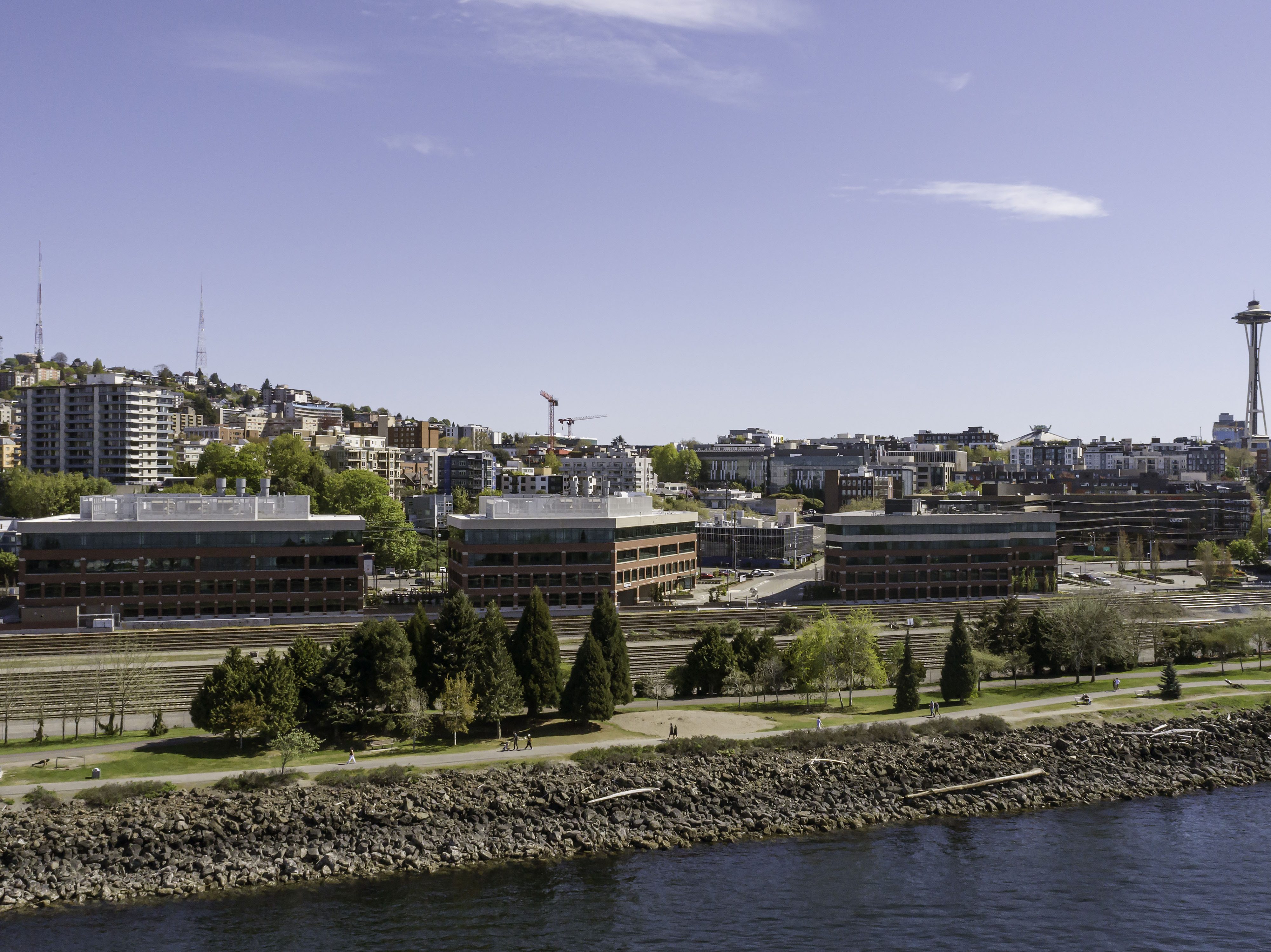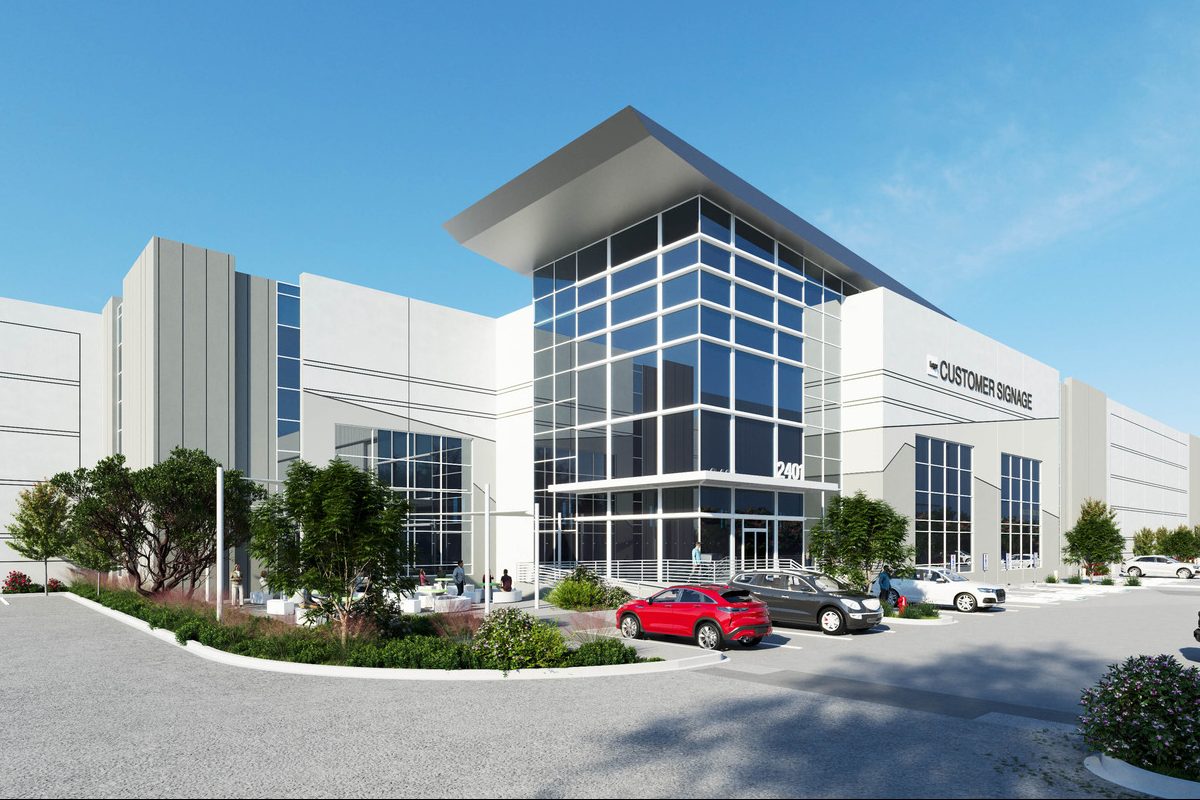Slow Recovery Hurts Construction Industry
By Richard Parent, Gumbiner Savett Inc.
Available sources of bank financing are scarce and the lack of meaningful job growth and high unemployment are adding to the depressed state of the market.
By Richard Parent, Executive Vice President of National Real Estate Practice, Gumbiner Savett Inc.
Throughout most of 2010, the real estate market’s slow recovery continued to negatively impact the construction industry. The available sources of bank financing are scarce and the lack of meaningful job growth and high unemployment are adding to the depressed state of the market.
Construction employment increased in 71 metro areas, fell in 217 and remained level in 49, a recent Associated General Contractors of America analysis of Bureau of Labor Statistics data showed.
Jim Haughey, the chief construction data economist of Reed Construction Data, predicted that start trends are expected to change in 2011. “The pipeline of funding appropriated for heavy and institutional projects before the recession or included in stimulus programs is being used up and the pace of new funding is ebbing. By contrast, lending approval for commercial projects will improve significantly. This has already begun for apartments,” he said.
Construction put in place represents the value of construction installed or erected, is one of the key economic indicators. In January 2011, the U.S. Census Bureau of the Department of Commerce announced that construction spending during November 2010 was estimated at a seasonally adjusted annual rate of $810.2 billion, 0.4 percent above the revised October estimate of $806.7 billion. The November figure is 6.0 percent below the November 2009 estimate of $861.5 billion. During the first 11 months of this year, construction spending amounted to $753.9 billion, 10.6 percent below the $843.1 billion for the same period in 2009.
Both public and private construction sectors have declined from the prior year. The only sectors with increased value are private residential construction and public projects marked for conservation and development. Housing starts and permits granted are encouraging signs, although both are below prior year’s rates. Residential construction was at a seasonally adjusted annual rate of $235.7 billion in November, 0.7 percent above the revised October estimate of $234.1 billion.
The construction industry faces increases in energy and material costs, which experts predict will continue to rise. According to research by the AGC, prices increased significantly for a range of construction components. Compared to March 2010, the April 2010 data shows that diesel fuel was up 6.5 percent (not seasonally adjusted); steel mill products were up 5.2 percent; lumber and plywood were up 4.7 percent; copper and brass mill shapes were up 4.3 percent; aluminum mill shapes were up 3.6 percent; and gypsum products were up 2.4 percent. Over the past year, increases in materials costs by structure type have ranged from 3.9 percent for single-unit residential construction to 8.3 percent for inputs to highway and street construction.








You must be logged in to post a comment.